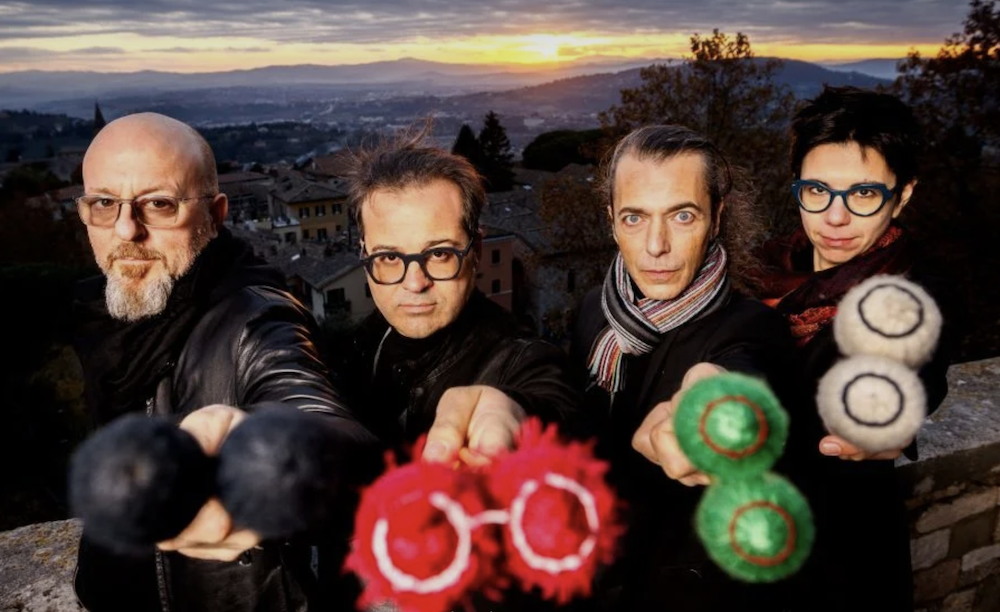Playing with an empty can is fun for any self-respecting child. Often objects have more than one use. A bag can become a mask or a balloon, an empty can can be a ball or a maraca, a sheet of paper turns into a toy airplane. Taking inspiration from this simple truth, we want to tackle a very current issue, such as waste sorting, focusing on a particular topic that characterizes our research: sound. Let's start from the concept that every material has its own sound. Each of us notices it when we throw empty bottles in the glass bell jar (just to evoke a sound that remains impressed). But it's not just glass that makes sounds! Wood sounds, plastic sounds, paper sounds, iron sounds and, if we think about it, even the organic sounds. Percussionists know well that every material has its own sound: in the infinite percussion instrumentation there are instruments made with all possible materials (or almost). And every object can become an instrument on which to create rhythm.
The ever-increasing attention of society towards the problem of waste, its excessive production and the way to reuse it concerns all sectors of the economic and social fabric of all the continents of the earth but it is in the West that, at the beginning of the 20th century, people began to worry and look for political, economic and cultural solutions to this problem. On the one hand, politicians, scientists and economists look for practical solutions, on the other, the world of school, philosophers and artists with their works contribute to the development of a collective conscience around the topic. It is on the basis of these brief considerations and the attention to "sound" and "rhythm" that the idea of creating a project that addresses this topic from a musical point of view was born.
The project includes six sections distinguished by the materials used. The music chosen is taken from the modern and contemporary repertoire (Steve Reich, John Cage,) and from the popular traditions of the world that use everyday objects as instruments. MORE INFO
Introduction by Oreste Bossini.
Tetraktis Percussions
Gianni Maestrucci,
Laura Mancini
Leonardo Ramadori
Gianluca Saveri
